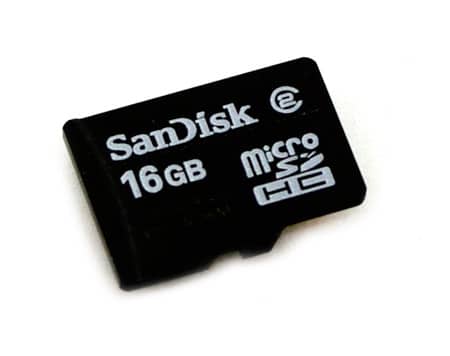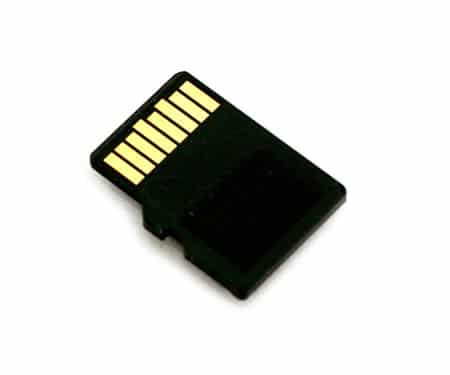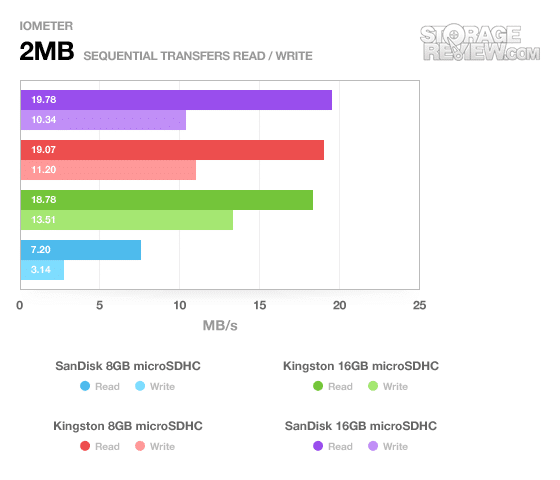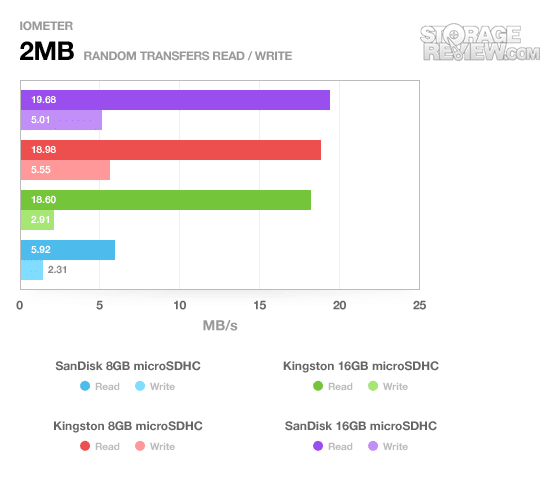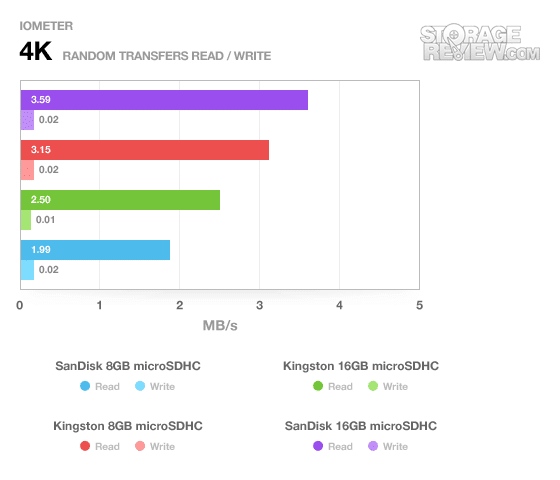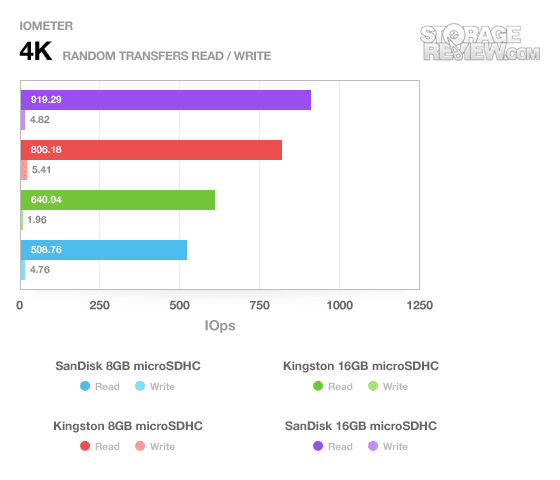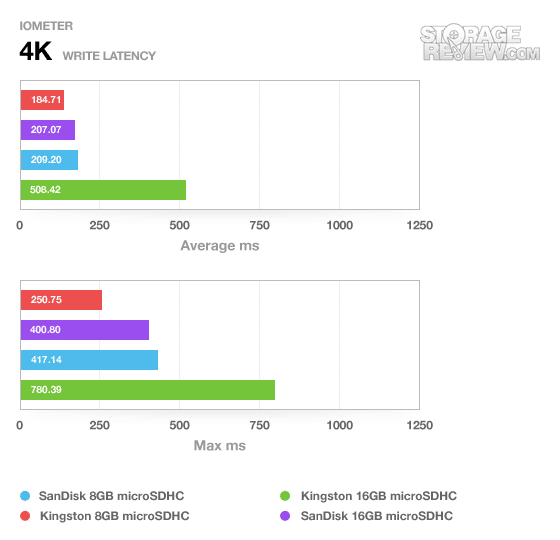
SanDisk makes a family of microSDHC cards, ideal for mobile phones and other small electronics, in capacities of 4GB, 8GB, 16GB and 32GB. As those smartphone owners of something other than the iPhone consider replacing the generally paltry storage card included with the phone, we investigate SanDisk’s 16GB microSDHC card to see if it’s a worthy companion for your digital assets.
Overview
SanDisk sells their microSDHC cards on their own, at this point assuming most will go straight into devices, with little need for adapters.
SanDisk’s line of microSDHC cards are class 2, on the bottom end of the speed scale based on the SD Card Association’s specifications. But while the card is in the slower class, the actual affect this has on its speed and ability to do what you want varies greatly on the intended usage. In smartphones, MP3 players and the like, class 2 cards will do just fine. The real justification for higher-speed cards comes when you get to video recording, especially HD, at which point a high-speed SDXC or microSDXC card is more appropriate.
The following benchmarks further indicate that speed class isn’t everything – it depends entirely on how you plan on using the card and the interface available.
Benchmarks
While many buy on price, not all memory cards are created equal. In the following benchmarks we’ve compared our 16GB microSDHC review card with the prior generation SanDisk 8GB microSDHC card and Kingston 8GB and 16GB microSDHC cards. Note, the Kingston 16GB card is a class 10.
Right away with the 2MB random and sequential file transfers we can see SanDisk’s latest generation microSDHC technology is leaps and bounds improved over the prior generation. While the 16GB card takes a small lead over the Kingston efforts, it’s nearly four times better in 2MB random transfers.
SanDisk stretches their lead as the file sizes get smaller, picking up a noticeable margin over the Kingston 16GB effort, which notably is slower than their 8GB microSDHC card. This time the SanDisk improvement over the old 8GB card isn’t as pronounced, but it’s still remarkable, especially when considering Kingston slid in the 4K tests.
The only place SanDisk fell behind is in latency tests, but that was to the smaller 8GB cards. When it comes to the 16GB Kingston competitor, SanDisk still owned a healthy lead.
Warranty
The SanDisk microSDHC cards come with a 5-year warranty, which is less than the limited lifetime warranty offered by other flash memory manufacturers.
Conclusion
When it comes to making a storage buying decision for your smartphone or mobile media devices price is generally the first factor considered, but performance should be considered too. Even little gains in media loads and access to files makes the mobile computing experience better and more fluid.
In this case, the SanDisk card takes top spots virtually across the board, making it an easy recommendation. When loading applications, media files or the like, a little extra performance is welcome. Given near price parity in the flash memory space, and the fact that this class 2 model bested the Kingston class 10, for a street price of around $35, the 16GB microSDHC card from SanDisk is a great buy.

